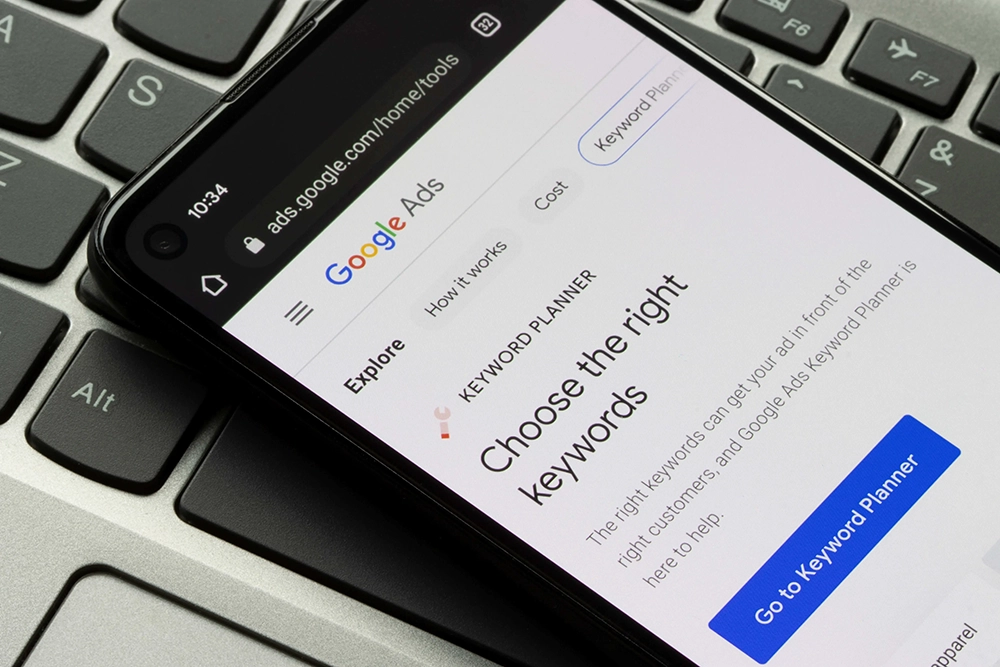For small businesses, print advertising remains a powerful tool to reach local audiences and build brand awareness. With the right strategies, small businesses can effectively compete with larger companies and create lasting impressions. In this article, we’ll explore some of the best advertising strategies that small businesses can use to make the most of their print campaigns.
Know Your Target Audience
Understanding your target audience is the foundation of any successful advertising campaign. Take the time to research and define the demographics of your ideal customers, including their age, gender, income level, location, and interests. By tailoring your print ads to resonate with your specific audience, you can increase the likelihood of capturing their attention and driving action.
For example, a local boutique targeting young professionals might focus on trendy, modern designs in their ads, while a family-owned restaurant might emphasize tradition, quality, and community values.
Focus on Local Publications
As a small business, local publications are your best friend. Community magazines, newspapers, and newsletters offer a targeted platform to reach potential customers in your area. By advertising in local publications, you can ensure that your message reaches people who are more likely to visit your store or use your services.
For instance, a local landscaping business might place ads in a community magazine that’s distributed to homeowners in nearby neighborhoods, ensuring that the ad reaches people who are most likely to need their services.
Craft a Clear and Compelling Message
Your print ad should convey a clear and compelling message that resonates with your audience. Focus on the benefits your product or service provides, and make sure your messaging is concise and easy to understand. Avoid cluttering your ad with too much information—less is often more in print advertising.
A local fitness studio, for example, might use a simple yet powerful message like, “Get Fit and Feel Great—Join Our Community Today!” accompanied by a strong call to action, such as “Sign Up Now and Get Your First Class Free!”
Use High-Quality Visuals
Visual appeal is critical in print advertising. High-quality images, bold colors, and clean layouts can make your ad stand out and grab the reader’s attention. Ensure that your visuals are relevant to your message and reflect your brand’s identity.
For example, a local bakery might use a visually striking image of their best-selling pastries, paired with a tagline like, “Freshly Baked, Just for You.” The combination of appetizing visuals and a warm message can entice readers to visit the bakery.
Leverage the Power of Promotions
Offering a promotion or discount in your print ad can be an effective way to attract new customers. Whether it’s a limited-time offer, a special discount, or a free trial, promotions can create a sense of urgency and motivate readers to take action.
A local car wash, for example, could run a promotion like, “Get 50% Off Your First Car Wash—Bring This Ad to Redeem.” This not only encourages new customers to visit but also allows the business to track the effectiveness of the ad.
Highlight Customer Testimonials and Social Proof
Including customer testimonials or social proof in your print ad can build trust and credibility. Readers are more likely to trust a business that has positive reviews and endorsements from satisfied customers.
For example, a local home improvement company might feature a testimonial from a happy client, along with before-and-after photos of a renovation project. This adds authenticity to the ad and reassures potential customers that they’re making the right choice.
Create a Strong Call to Action (CTA)
A clear and compelling call to action is essential for driving results from your print ad. Tell the reader exactly what you want them to do next—whether it’s visiting your store, calling for more information, or taking advantage of a special offer. Your CTA should be easy to follow and aligned with your campaign goals.
For instance, a local spa might include a CTA like, “Relax and Unwind—Book Your Appointment Today! Call [Phone Number].” This direct approach encourages immediate action and makes it easy for the reader to take the next step.
Measure and Track Your Results
Measuring the effectiveness of your print advertising campaign is crucial for making informed decisions about future ads. Use tools like unique promo codes, dedicated phone numbers, or landing pages to track responses. By analyzing the data, you can identify what’s working and adjust your strategy as needed.
For example, a local retail store might track how many customers use a discount code featured in their print ad, allowing them to gauge the ad’s success and refine their approach for future campaigns.
Consistency and Frequency Are Key
One-time ads can be effective, but consistency and frequency are often key to long-term success. Regularly placing ads in local publications helps build brand recognition and keeps your business top of mind. Consider running your ads over several months to reinforce your message and reach new customers.
For example, a local dental clinic might run a series of ads over several months, each highlighting a different service (e.g., cleanings, whitening, emergency care) to build awareness and trust within the community. This repeated exposure ensures that when potential customers think about dental services, your clinic is the first that comes to mind.
Integrate Print with Digital Marketing
To maximize the impact of your print advertising, consider integrating it with your digital marketing efforts. By including elements like QR codes, website URLs, or social media handles in your print ads, you can drive traffic to your online platforms and extend the reach of your campaign.
For example, a local bookstore might include a QR code in their print ad that directs readers to a special online discount or a sign-up form for their newsletter. This not only enhances engagement but also allows you to capture more data on your audience and track their journey from print to digital.
Utilise Seasonal and Event-Based Marketing
Leveraging seasons and local events in your print advertising can make your campaign more relevant and timely. Align your messaging with holidays, local festivals, or seasonal trends to capture the attention of readers who are already in a specific mindset.
For instance, a local gardening centre might run a print ad in early spring, promoting their range of plants and gardening tools just as homeowners are preparing their gardens for the season. The timing of the ad increases its relevance and effectiveness.
Tell a Story
Storytelling can be a powerful way to engage readers and make your print ad more memorable. Whether it’s sharing the story of your brand, a customer success story, or a narrative around your product, storytelling can create an emotional connection with your audience.
For example, a local café could craft an ad that tells the story of how they started, highlighting their commitment to sourcing local ingredients and creating a welcoming atmosphere for the community. This approach not only informs but also builds a deeper connection with the reader.
Focus on High-Impact Design Elements
In addition to high-quality visuals, consider incorporating high-impact design elements such as bold typography, contrasting colours, and creative layouts. These elements can help your ad stand out on the page and draw the reader’s eye to your key message.
For example, a local tech store might use bold, futuristic fonts and bright colours in their ad to convey innovation and excitement around their latest products. This design choice aligns with the brand’s identity and appeals to tech-savvy customers.
Highlight Your Unique Selling Proposition (USP)
Your unique selling proposition (USP) sets you apart from the competition and gives customers a compelling reason to choose your business. Make sure your USP is clearly communicated in your print ad, whether it’s superior quality, exceptional service, or a one-of-a-kind product.
For example, a local handcrafted furniture store might emphasize their commitment to using sustainable materials and traditional craftsmanship, positioning themselves as the go-to choice for customers who value quality and sustainability.
Build Trust with Guarantees and Warranties
Offering guarantees or warranties in your print ad can build trust and reduce the perceived risk for potential customers. When people see that you stand behind your product or service, they’re more likely to feel confident in making a purchase.
For example, a local electronics repair shop might feature a guarantee in their ad, such as, “Satisfaction Guaranteed—We Fix It Right, or You Don’t Pay.” This reassurance can make the difference in convincing someone to choose your business over a competitor.
Conclusion: Crafting Effective Print Advertising for Small Businesses
For small businesses, print advertising remains a powerful and effective way to connect with local audiences and drive growth. By focusing on targeted messaging, high-quality design, and strategic placement, you can create ads that not only capture attention but also convert readers into customers. Whether you’re offering a promotion, telling your brand’s story, or integrating your print ads with digital marketing, the key to success lies in understanding your audience and delivering a compelling message that resonates.
At Prince Publications, we’re dedicated to helping small businesses thrive through expertly crafted print campaigns. Our community magazines provide the perfect platform to reach your target audience, and our team is here to support you every step of the way. From concept to execution, we’ll help you design a print campaign that delivers impressive results.
Ready to elevate your print advertising strategy? Contact Prince Publications today to learn more about our advertising opportunities and how we can help you achieve your marketing goals. Let’s create a campaign that not only captures attention but also drives results.




